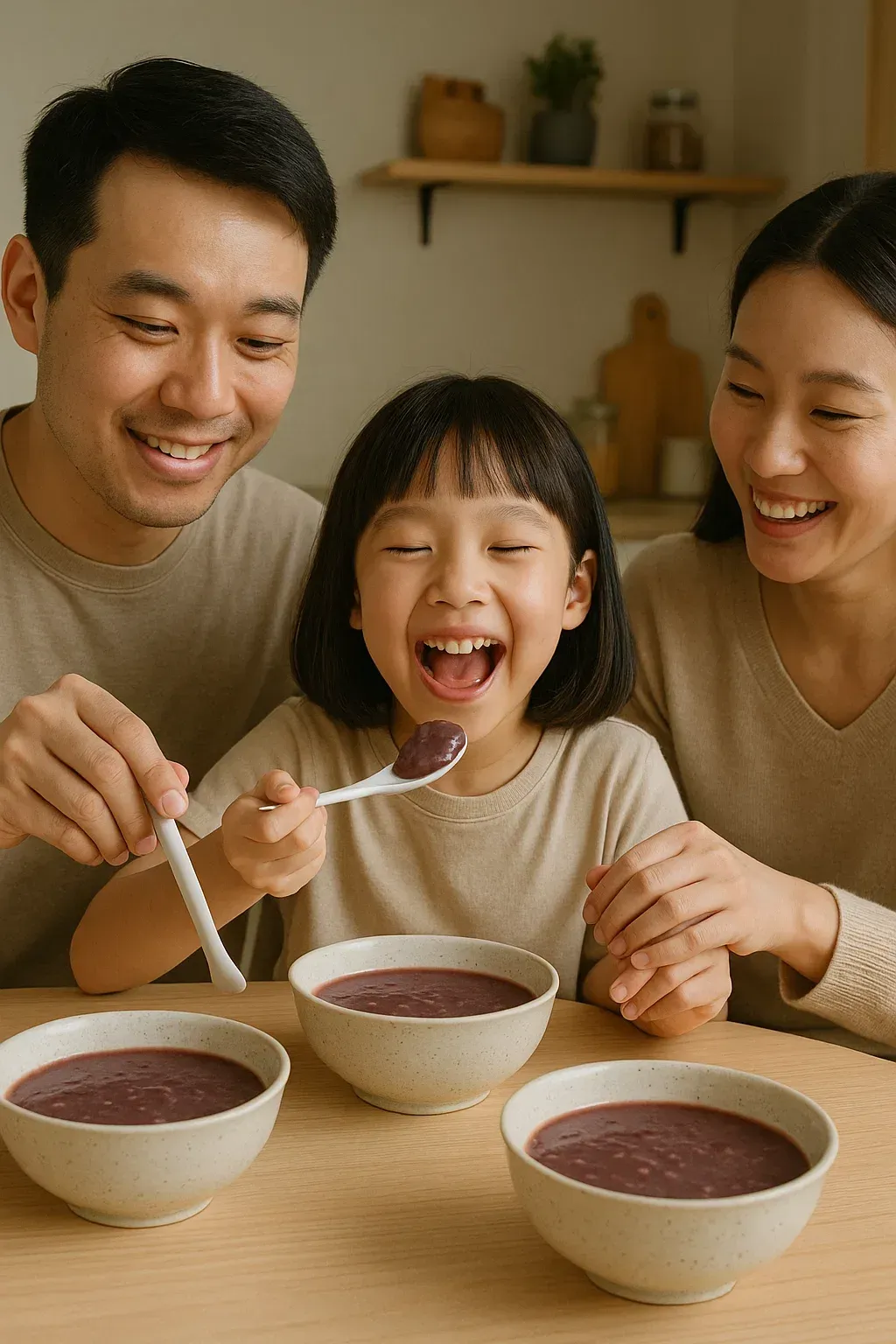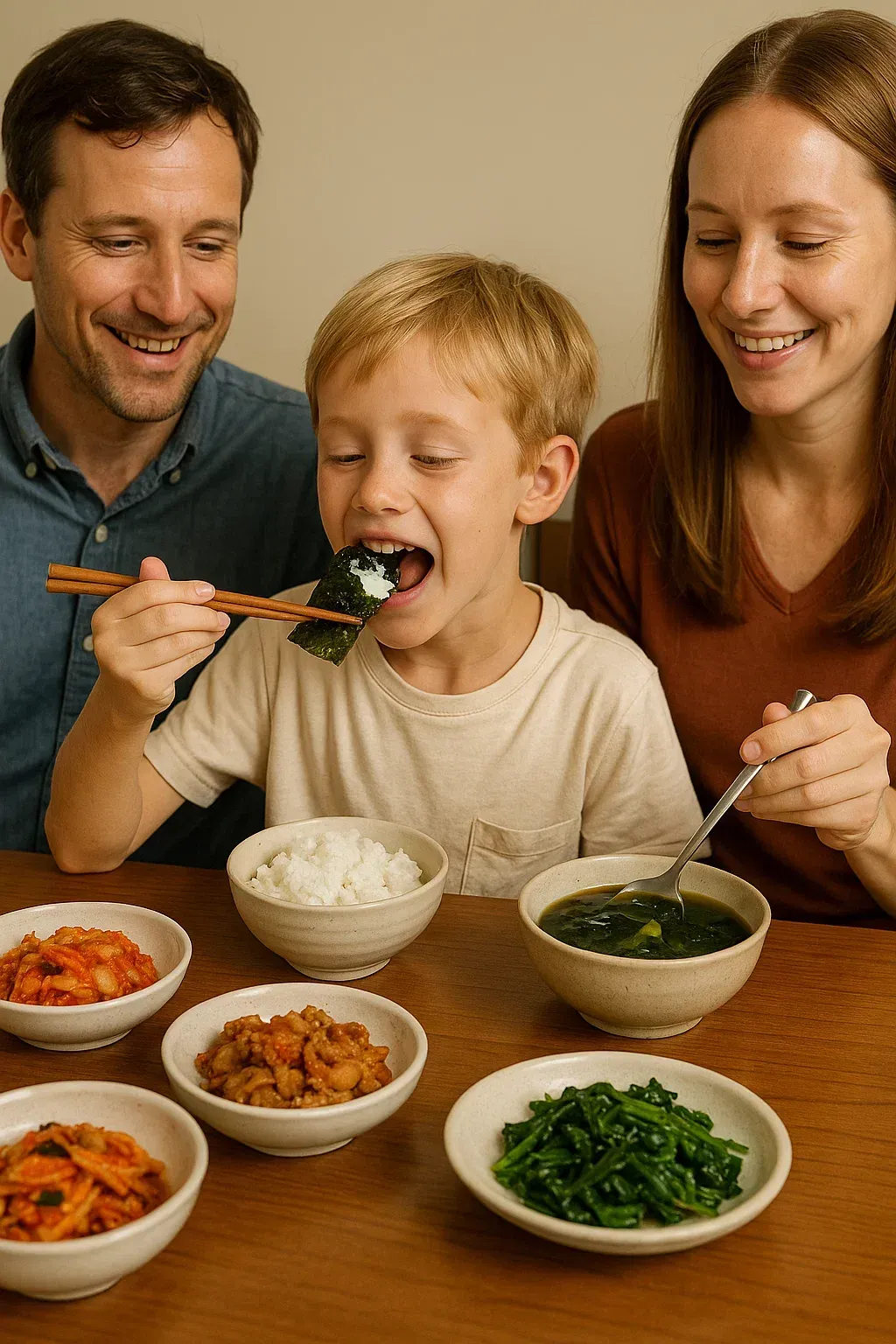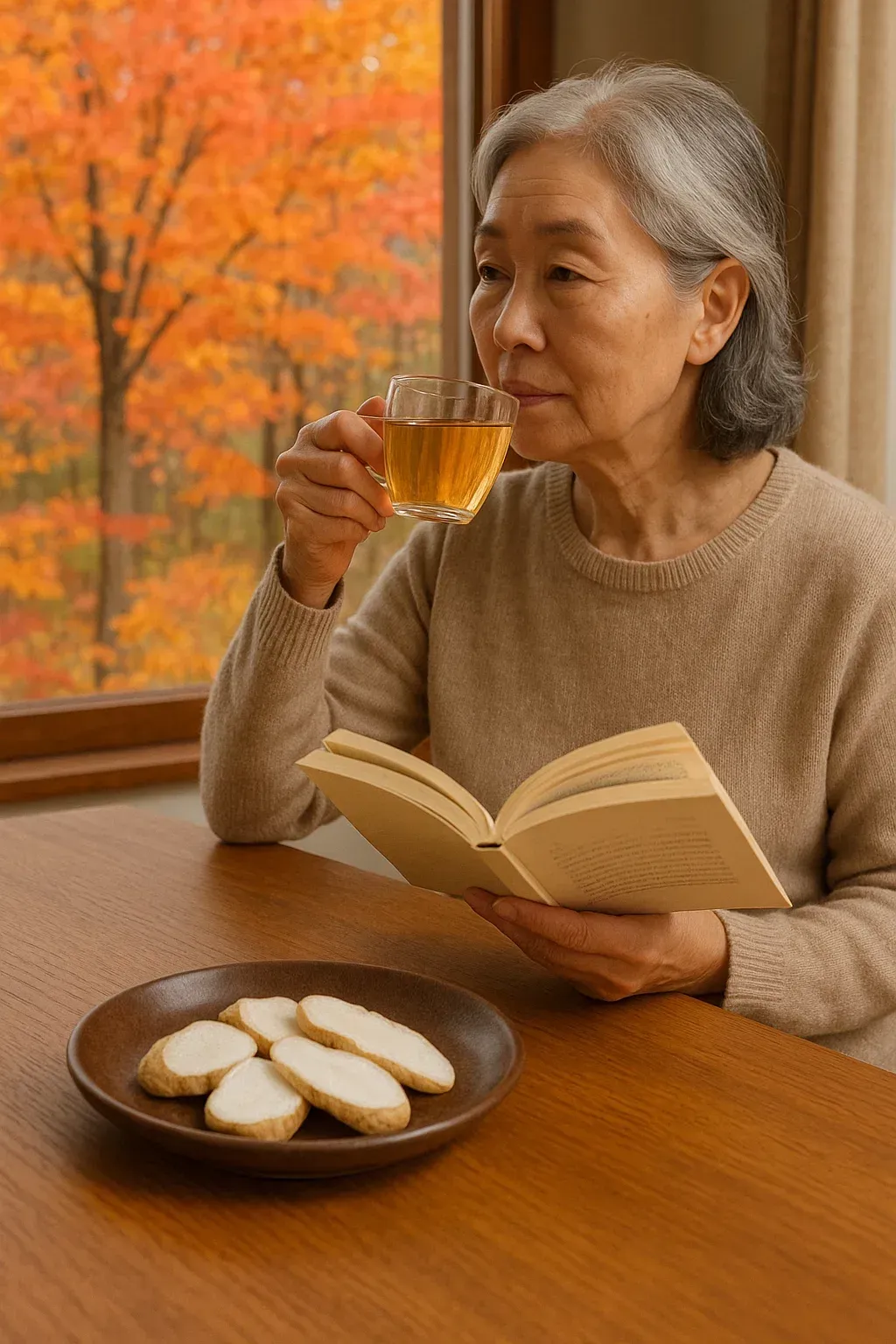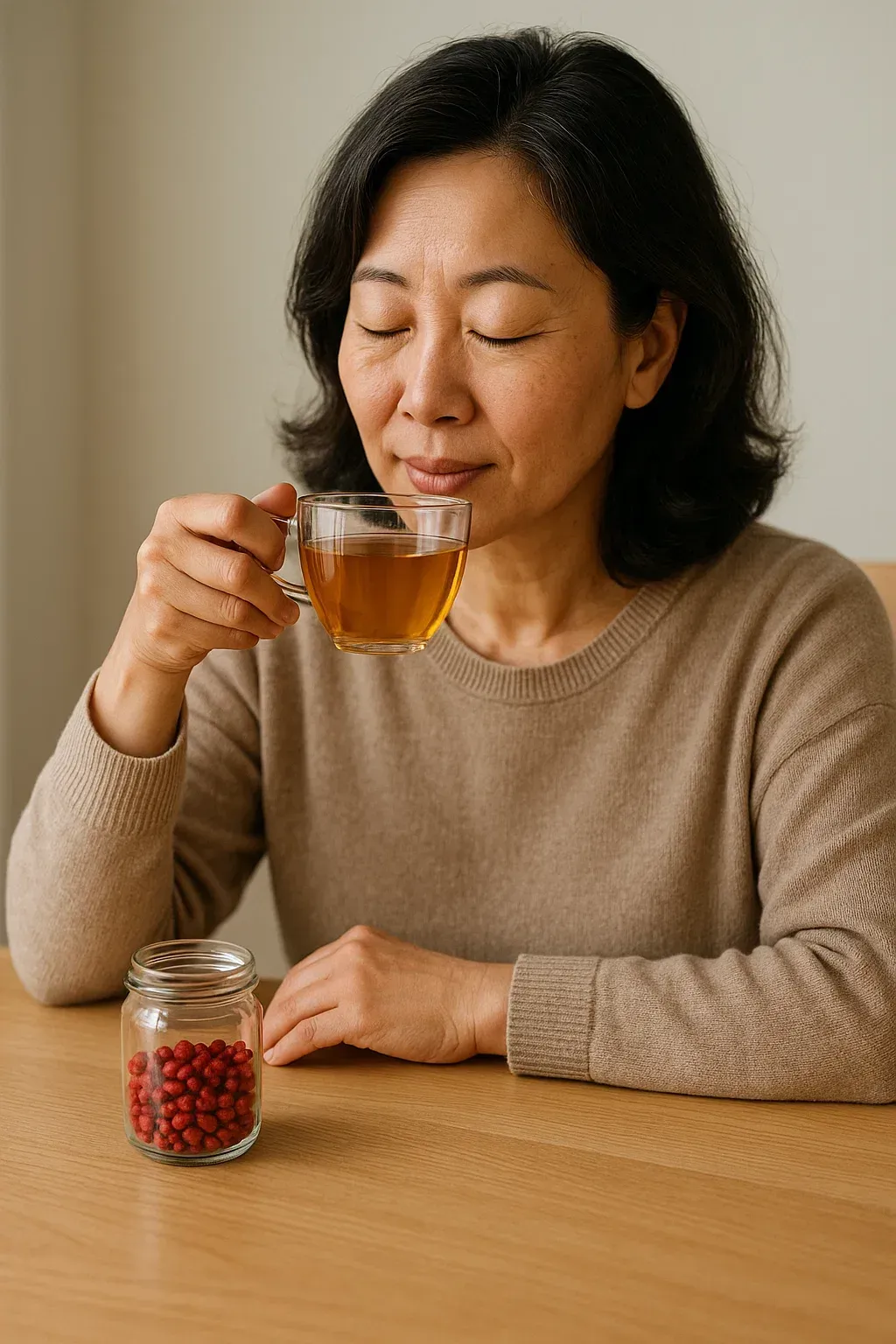A Breath of Fresh Air: A Holistic Guide to Peppermint/Mint (박하) in Herbalism
In Traditional Chinese Medicine (TCM), not all herbs are heavy tonics; some are light, uplifting, and swift in their action. Peppermint or Mint, known as Bo He (薄荷), is the quintessential example of such a herb. It’s famed for its cooling, refreshing properties that clear the head and soothe external symptoms. As a holistic health expert, I view Bo He as an invaluable, readily accessible tool for addressing common modern ailments like stress-induced headaches, digestive upset, and the first signs of a cold.
Clearing the Way: The Energetic Power of Bo He
In TCM, Bo He is classified as pungent and cooling, primarily targeting the Lung and Liver meridians. Its traditional functions are to disperse wind-heat (which often manifests as a mild cold or headache), clear the head and eyes, and soothe Liver Qi stagnation (which can cause irritability and tension). Its lightness allows it to lift and move energy quickly.
Scientifically, its primary active compounds are menthol and menthone, which contribute to its distinct cooling sensation and potent pharmacological effects, including spasmolytic (muscle-relaxing) and carminative (gas-relieving) actions.
The Science-Backed Benefits of Peppermint/Mint
Modern research validates the traditional uses of Bo He, highlighting its immediate and widespread benefits:
- Relieving Tension Headaches and Clearing the Head: The cooling action of menthol is key here. Topically, peppermint oil is a recognized natural remedy for tension headaches due to its muscle-relaxing and pain-relieving effects. Internally, Bo He's TCM function of "clearing the head" aligns with its ability to reduce inflammation and tension that often cause discomfort, leading to greater mental clarity and focus.
- Soothing Digestive Upset (The Spasmolytic Effect): Peppermint is perhaps most famous in the West for its impact on digestion. Menthol helps relax the smooth muscles of the digestive tract, making it excellent for relieving symptoms of irritable bowel syndrome (IBS), bloating, gas, and cramps. It works quickly to calm spasms and restore smooth digestive flow.
- Dispelling Early Cold Symptoms (Wind-Heat): At the onset of a common cold that includes a sore throat, slight fever, and nasal congestion (TCM's "wind-heat" invasion), Bo He is the herb of choice. Its cooling and pungent nature encourages light sweating, helping to release the external pathogen and clear congested sinuses, allowing for easier breathing.
- Calming Liver Qi Stagnation: The Liver meridian is deeply connected to stress and mood. When Qi (energy) stagnates in the Liver, it can result in irritability, frustration, and muscular tension. Bo He gently helps to move this stuck energy, promoting a feeling of mental and emotional ease.
Incorporating Bo He into Your Daily Wellness
Bo He is incredibly versatile and easy to use daily:
- Peppermint Tea: The simplest way to enjoy its benefits. Brew fresh or dried leaves for a soothing tea, perfect after meals or during stressful periods.
- Essential Oil: Diluted peppermint oil can be applied to the temples and neck for headache relief, or diffused for respiratory and mental clarity.
- Culinary Use: Adding fresh mint to water, salads, or smoothies can aid digestion and provide a refreshing burst of flavor.
Important Cautions: While generally safe, individuals with severe acid reflux (GERD) should use Bo He cautiously, as it can sometimes relax the sphincter muscle between the esophagus and stomach, potentially worsening symptoms. Always consult with a healthcare professional, especially if you have chronic digestive issues or are pregnant.
Peppermint is more than just a fresh flavor; it's a powerful and immediate ally for modern stress and tension. By harnessing the uplifting, cooling energy of Bo He, you can effectively clear the way for greater comfort and clarity in your daily life.
- Dr. Chungmoo "John" Huh, DAcCHM, L.Ac, Dipl. OM -


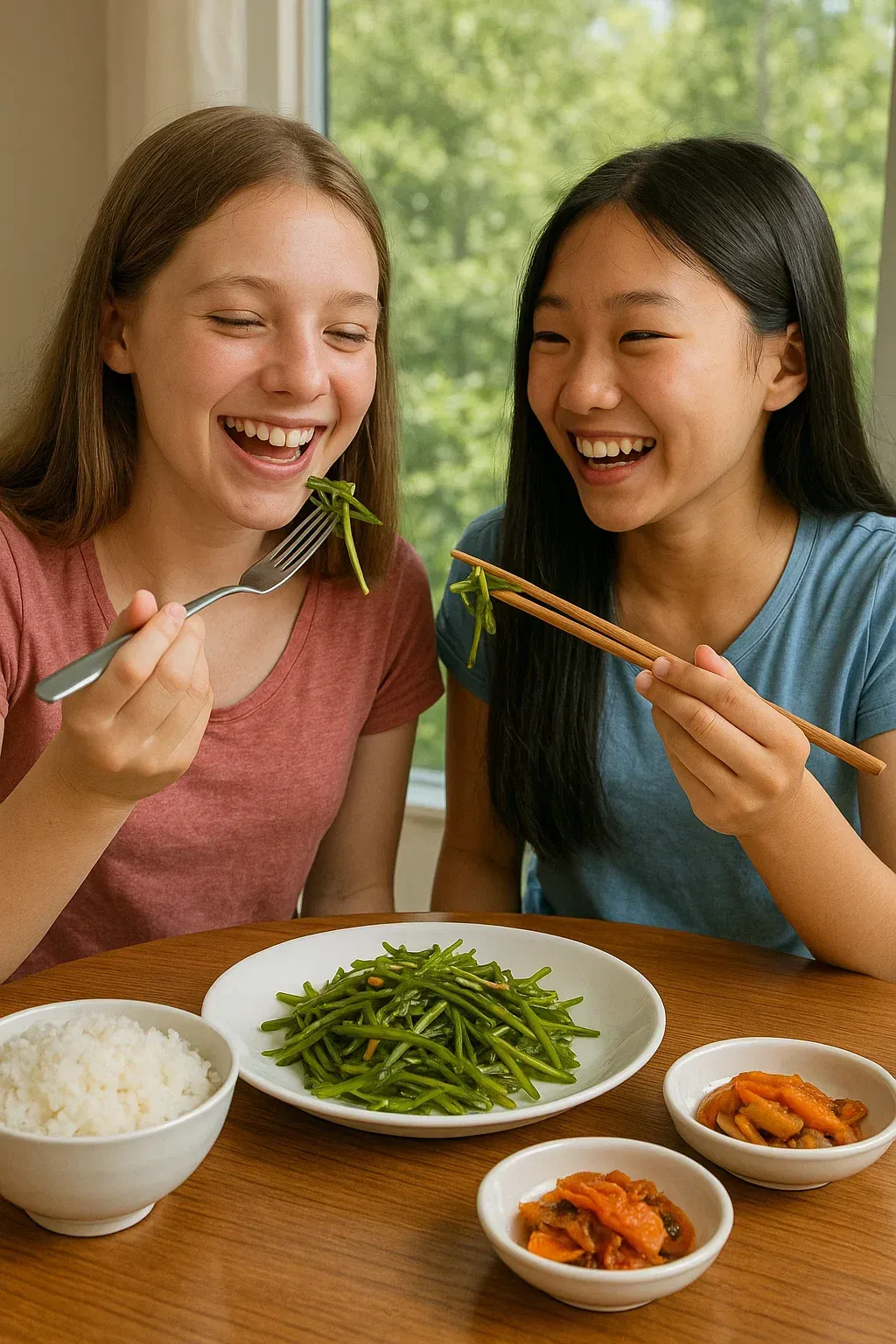
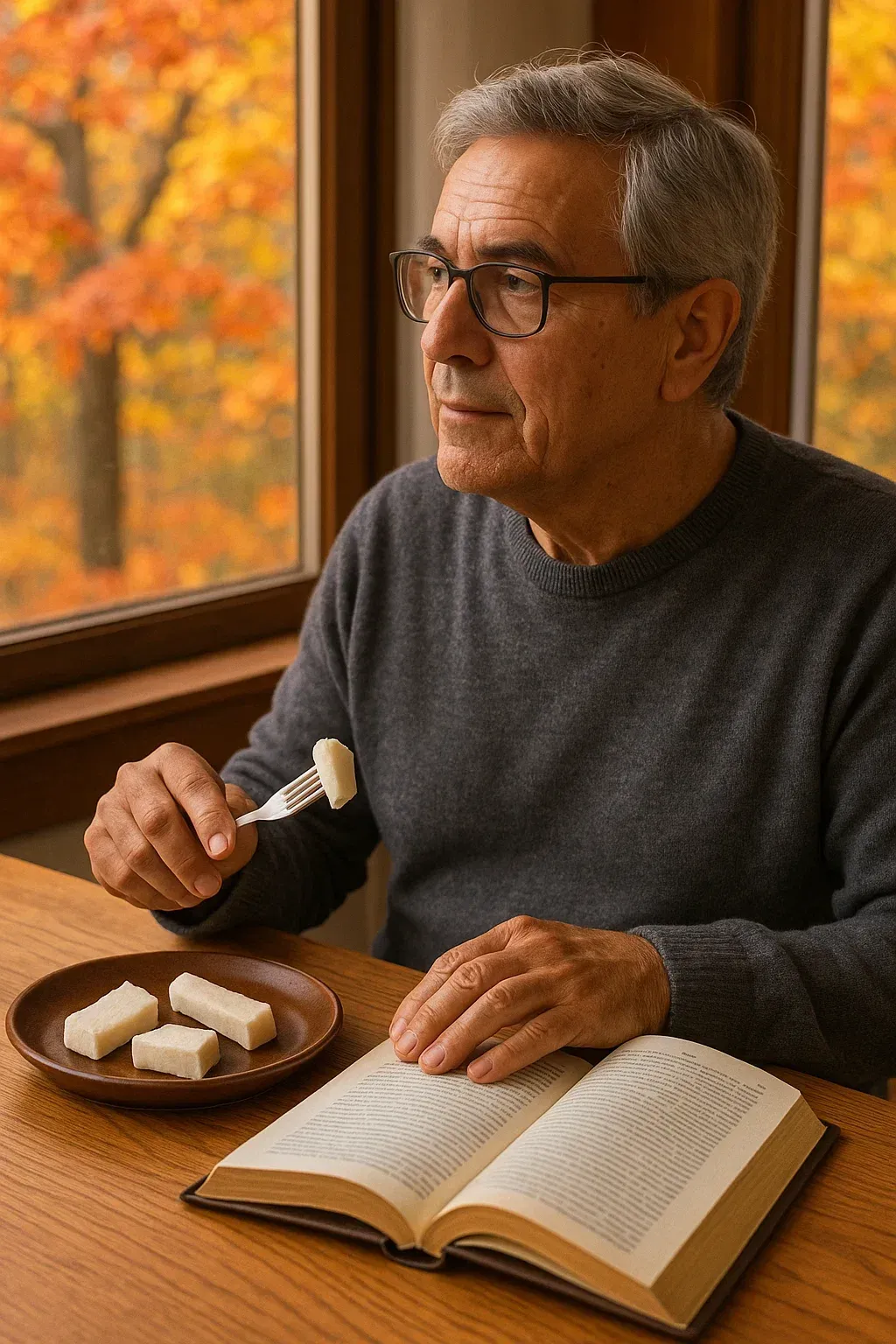
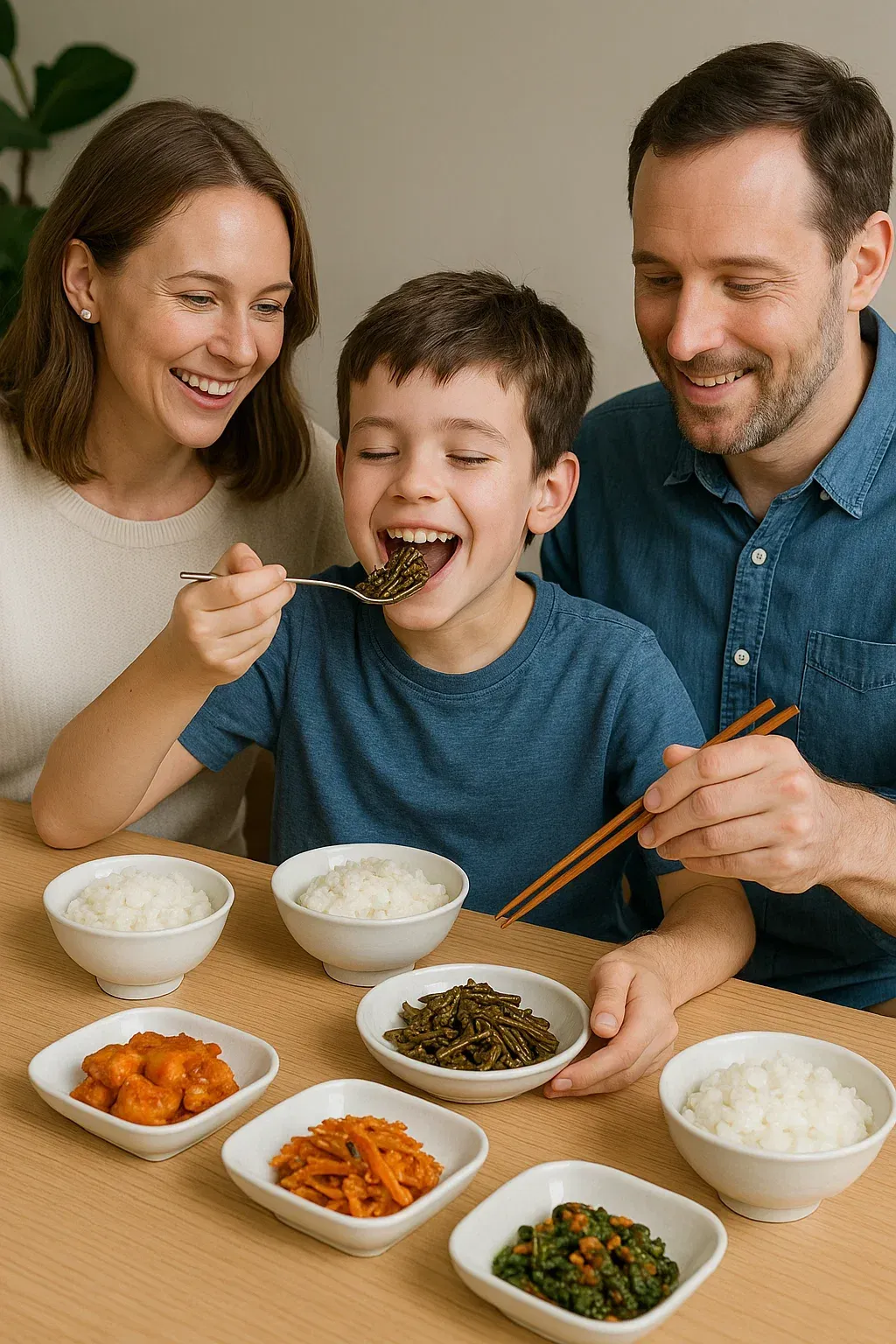
From Forest Floor to Functional Food: A Holistic Guide to Bracken Fern (고사리) in Traditional Medicine
